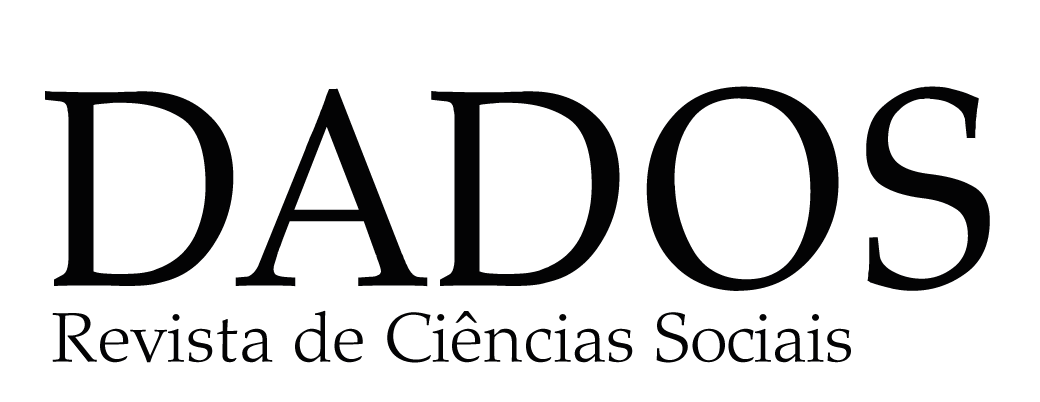This article analyzes the impact of Free Television Advertising on proportional elections in Brazil, based on an analysis of the data for the Rio de Janeiro City Council elections in 2004. The article discusses the hypothesis raised by Schmitt, Carneiro, & Kuschnir that free TV advertising time allows political parties to organize their candidates hierarchically, establishing informal "slates". The study thus links two types of evidence, concerning: 1) the efficacy of free TV time as an instrument for political communication, whereby more TV time tends to translate into more votes for a candidate and 2) the analysis of different strategies adopted by the political parties to split the free advertising time between the candidates.
political communication; television; Free Televised Election Campaign Advertising; proportional elections; political parties








